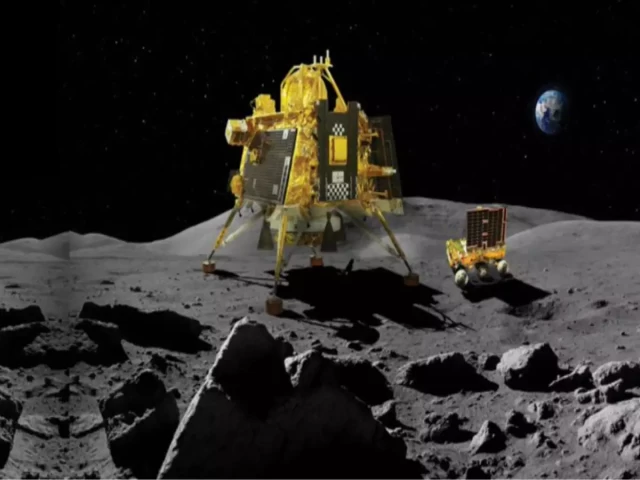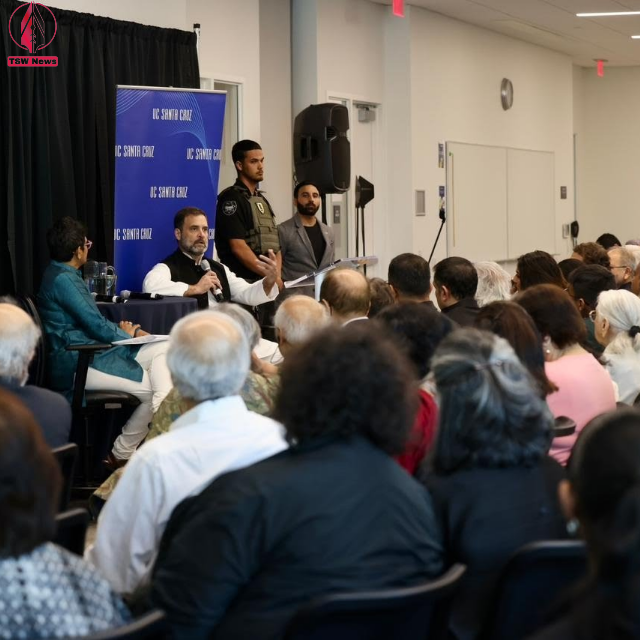NASA spacecraft establishes successful communication with India's Chandrayaan-3 lander on the Moon
- Posted on January 22, 2024
- News
- By Arijit Dutta
- 217 Views
NASA's spacecraft achieves groundbreaking laser communication with India's Chandrayaan-3's Vikram lander on the Moon, marking a milestone in precise lunar surface targeting. The laser pulses, transmitted on December 12, successfully bounced back from NASA's retroreflector on Vikram, signifying the technique's efficacy.
 Image Source -www.government.economictimes.indiatimes.com
Image Source -www.government.economictimes.indiatimes.com
In
a pivotal development, NASA's
Lunar Reconnaissance Orbiter (LRO) employed a laser instrument to establish
communication with India's Chandrayaan-3 mission's Vikram lander on the Moon's
south pole. The laser pulses, transmitted on December 12, were successfully received
and bounced back from a tiny retroreflector aboard Vikram. Positioned near the
Manzinus crater, the lander was about 100 kilometers away from the LRO during
this groundbreaking communication.
Leveraging
laser pulses for precise location determination is a common practice for
tracking Earth-orbiting satellites from the ground. NASA's Xiaoli Sun, leading
the team at Goddard Space Flight Center, emphasized the technique's versatility
by showcasing its use in reverse – sending laser pulses from a moving
spacecraft to a stationary one.
The Laser Retroreflector Array (LRA) on Chandrayaan-3's lander, a compact device merely 2 inches wide, served as a fiducial point for reference on the Moon. Comprising quartz-corner-cube prisms, the LRA reflects light in any direction without requiring power or maintenance, lasting for decades. This opens new avenues for routine use in future space missions.
Also Read: Nikki Haley Emerges As Sole Republican Challenger After DeSantis Ends White House Bid
NASA
expressed intentions to refine the technique, making it a routine practice for
missions employing retroreflectors. Retroreflectors, a staple since the Apollo
era, find various applications in science and exploration. Reflecting light to
Earth, these devices have unveiled significant lunar dynamics, including the
Moon's gradual drift away from our planet.
Responding to the breakthrough, ISRO stated that Chandrayaan-3's LRA now serves as a precision marker on the Moon. The achievement signifies a collaborative success between NASA and ISRO, unlocking possibilities for future lunar explorations.




